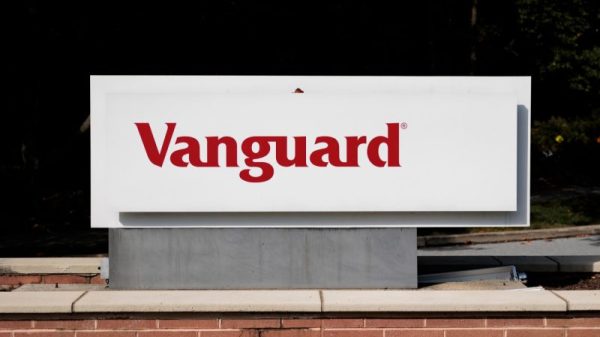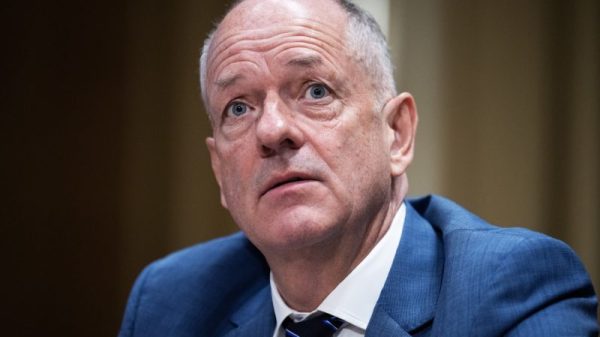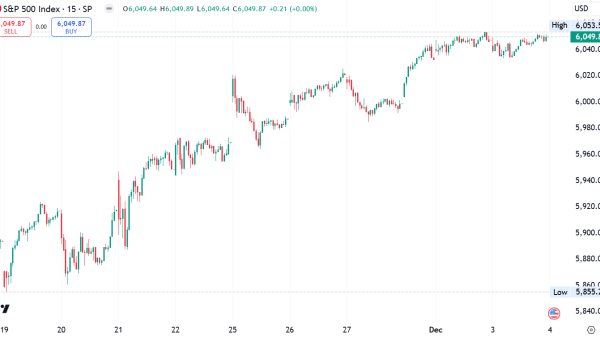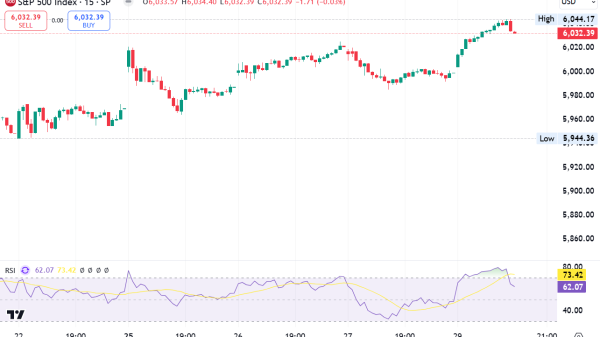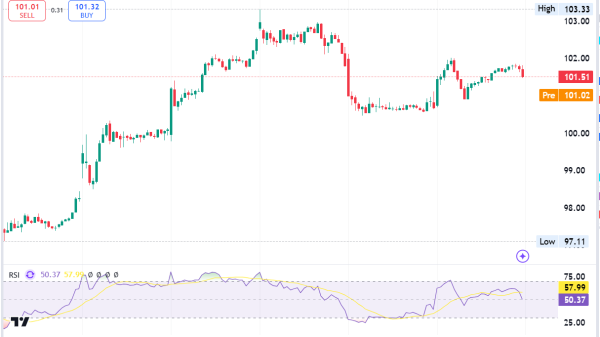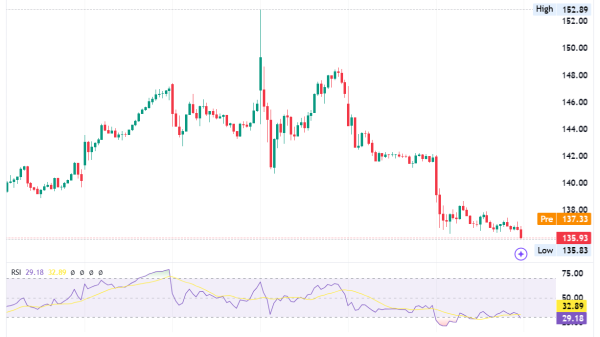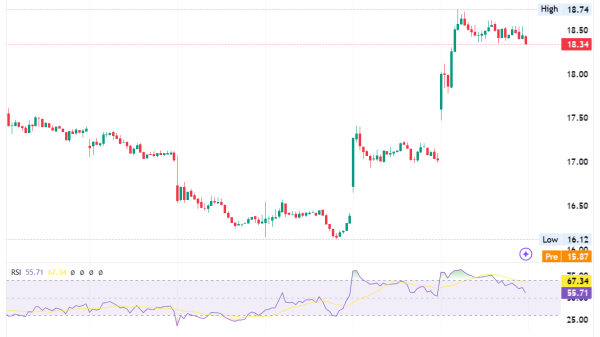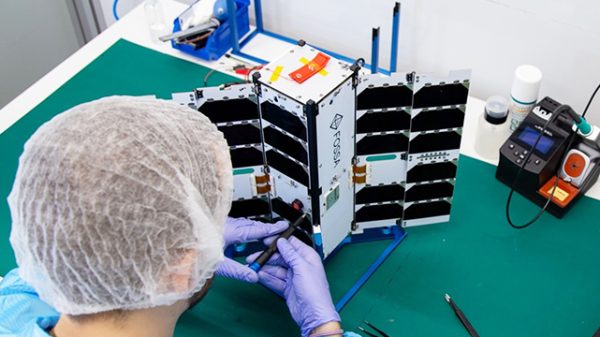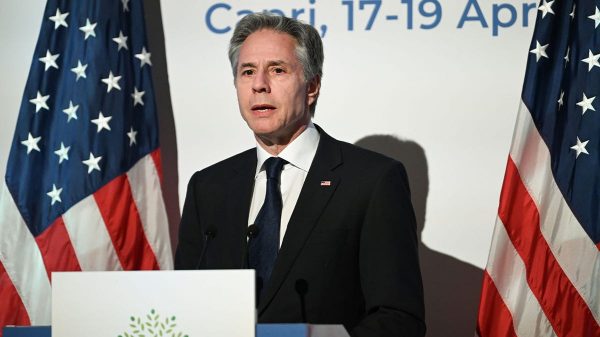Warning: This article includes graphic accounts of what some prisoners experienced in Assad’s prisons.
In the shadow of Syria’s brutal civil war, one institution stands as a chilling symbol of the regime’s systemic violence: Sednaya prison. Referred to as the ‘Death Factory’ or the ‘Human Slaughterhouse,’ Sednaya became a site of unimaginable suffering.
Around 100,000 individuals, according to reports, have disappeared into Assad’a prisons, where people, including thousands of women and children, were detained, tortured and killed.
‘Rights groups have documented that at least 10% of those detained lost their lives in these prisons, though some reports suggest the figure could be as high as 20%,’ said Joseph Braude, founder of the Center for Peace Communications, an NGO dedicated to resolving identity-based conflicts in the Middle East and North Africa, whose group gained rare access to Sednaya. ‘The number continues to rise as families speak out about the whereabouts of their missing loved ones, many of whom remain unaccounted for.’
Sednaya was not just a prison, it was a tool to crush any form of resistance or humanity. ‘The prison was located on a hill outside Damascus,’ Ahed Al Hendi, a former political prisoner and Syrian affairs analyst, told Fox News Digital. ‘We would see it while going to a nearby tourist area, but even if you were just driving by, you were afraid to talk about it. If you said, ‘Sednaya,’ you would end up there.’
Al Hendi continued: ‘I’ve heard from my friends describing the sights going into Sednaya this week. They found bags of bones, there was still fresh blood on the floor, the smell of death, and the torture machines, which were the most horrible things they’ve seen. One friend told me he saw a mother hugging the torture machine, believing her son had died there. It was a tragic image, seeing her holding the machine that killed her son, thinking she could still smell him in the machine. The tools were unimaginable, like a massive metal press designed to liquefy bodies and make them unrecognizable.’
As Assad regime’s atrocities at Sednaya become clearer, and after days of looking for survivors and realizing that some people may never be found, attention has shifted to mass graves. Braude’s team on the ground in Syria is currently collecting evidence. ‘We’re documenting, we’re interviewing people who are there, trying to use equipment to discover any possibility of secret underground prisons.’ He said the team had recently worked at a mass grave site ‘where we estimate 100,000 people were buried.’
‘Some of the people in these mass graves came from Sednaya and died under torture,’ Al Hendi said. ‘Many show gunshot wounds, and their bodies were moved to a large area where the regime placed old military equipment to create the illusion of a restricted military zone. Locals reported seeing refrigerated trucks entering the area with security forces blocking the roads. The trucks stayed for hours before leaving. People became accustomed to the smell of death.’
Sednaya prison became a symbol of the regime’s relentless repression. ‘It wasn’t just political opponents,’ said Al Hendi, who was arrested for establishing a secular anti-regime student organization. ‘Children and women were also taken as hostages to pressure their fathers or husbands. We found children born there as a result of rape by prison guards. Entire families were destroyed by the regime.’
The conditions in Sednaya were inhumane. Prisoners were often starved, beaten and tortured with electricity. ‘When they execute someone, they don’t feed them for three days before the execution. The guards say, ‘Why feed him? We will take the food for ourselves.’ Imagine someone about to die, and they are starved first, denied even the dignity of a last meal,’ Al Hendi said.
The atrocities committed at Sednaya were part of a broader campaign by the Assad regime to exterminate its opposition in the most horrific ways. Both Braude and Al Hendi emphasize the need for accountability. ‘What we need now is truth and reconciliation,’ Braude says. ‘Only by acknowledging the suffering and recognizing the full scope of the atrocities can Syria begin to heal. If we don’t do that, we risk perpetuating cycles of vengeance.’
After the fall of the Assad regime earlier this month, Sednaya was liberated, and thousands of prisoners were freed. ‘The prisoners who emerged from Sednaya were traumatized, many of them unable to even remember their own names,’ Al Hendi said. ‘They had been detained for so long they didn’t even know that Assad’s father had died. They thought Assad was still in power.’
Robert Petit, the Head of the International, Impartial, and Independent Mechanism for Syria (IIIM), visited Damascus and observed the extensive documentation of the regime’s atrocities, noting in a press release the ‘chilling efficiency’ with which these crimes had been systematized. He emphasized the urgent need to preserve this evidence, warning, ‘Time is running out. There is a small window of opportunity to secure these sites and the material they hold. Each day we fail to do so, we risk losing the chance for comprehensive accountability.’
The investigations into Sednaya and the mass graves have painted a horrific picture of the regime’s violence, but they also serve as a call for justice, Braude said. ‘The consequences of the Assad regime’s atrocities are profound. The key question now is how the population can move forward and rebuild, rather than descending into further civil conflict. There is a fear of cycles of vengeance, but true reconciliation can only come through truth and acknowledgment.’
He said that ‘99% of Syria’s prison guards belong to the Alawi community.’ ‘We’re talking about half the young population of the Alawi sect, as most of them work in the army or secret police. The rebels have proposed a solution: Russia will surrender Assad and 100 top officials responsible for the atrocities. In return, rebels would offer amnesty to low-level perpetrators who were following orders. If Russia facilitates this, it could help prevent further violence and bring stability to Syria.’







